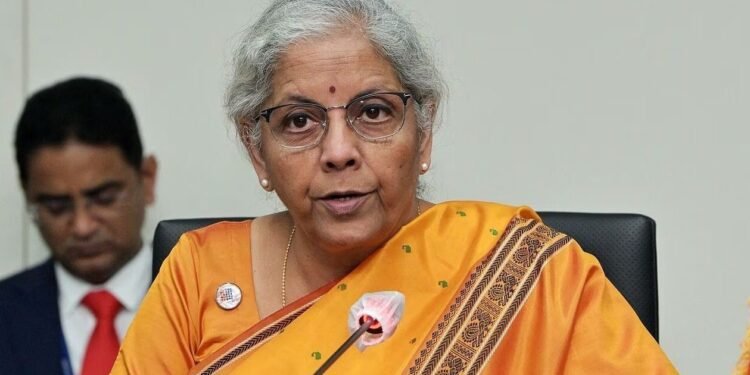The Indian government is focusing on lower denomination currency and digital transactions to boost financial inclusion. Finance Minister Nirmala Sitharaman emphasized that Rs 2000 notes are nearly out of circulation, with efforts underway to promote Rs 10, Rs 20, Rs 50, and Rs 100 notes for daily transactions.
At a recent seminar, Sitharaman stressed the need for greater digital awareness, encouraging people to embrace cashless payments. India’s digital payment revolution is led by UPI, which recorded 16.73 billion transactions in December 2024, amounting to Rs 23.25 lakh crore. This marks a 46% increase from 2023, reflecting a major shift towards digital financial inclusivity.
Other payment systems like IMPS and FASTag are also playing a crucial role in making transactions faster, safer, and more accessible. The government aims to expand digital literacy, ensuring people see the benefits of digital transfers.
With UPI breaking records, India is moving closer to a cashless economy, reducing reliance on high-value notes and making financial transactions more seamless for businesses and individuals alike. The push for small currency and digital payments is expected to reshape India’s financial landscape in the coming years.

 Business
Business INDIA
INDIA Stocks
Stocks


